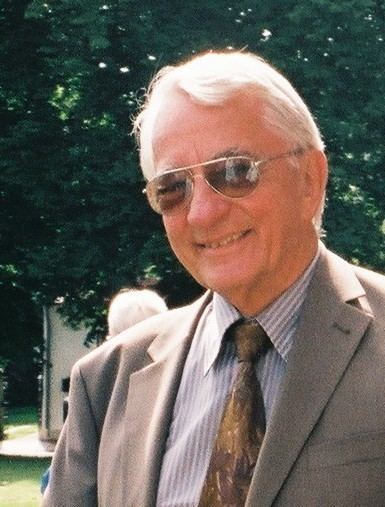Name Egbert Kankeleit | ||
 | ||
Egbert Kankeleit (born Hamburg, Germany, 16 April 1929) is a German nuclear physicist. He is the son of Otto Kankeleit and Margarete Kankeleit (née Holl).
Contents
Education
Egbert Kankeleit studied nuclear physics in Munich and earned his doctorate in 1961 as one of Heinz Maier-Leibniz’s group. After that he went to Caltech in Pasadena in the role of Senior Research Fellow. From there he followed a call to TH Darmstadt, where he remained until his retirement in 1997.
Studies
The Mössbauer spectroscopy had a particular influence on his scientific work. He is the founder of the conversion electron Mössbauer spectroscopy (Konversionselektronen-Mößbauer-Spektroskopie), which he first deployed in the field of nuclear physics (nuclear moments) and later increasingly in the field of materials science (isomeric shifts). The study of myonic atoms at CERN, as well as parity violation during gamma decay and positron research at the Society for Heavy Ion Research (GSI: Gesellschaft für Schwerionenforschung) also belong to the central aspects of his research.
The miniaturised Mössbauer spectrometer (MIMOS) was developed in Egbert Kankeleit’s team and was successfully deployed during the recent Mars missions.
Teams and Awards
The interdisciplinary Team of Natural Science, Technology and Security (IANUS) was brought into being by Egbert Kankeleit together with colleagues from other faculties. Based on scientific and technological themes which formed the backbone of the team, IANUS also illuminated ethical questions, such as those concerning the role and responsibility of scientists in the Atomic Age. In the framework of peace and conflict studies, IANUS concerns itself with questions such as the non-proliferation of nuclear materials. The group was awarded the Götting Peace Prize (Göttinger Friedenspreis) in 2000.
